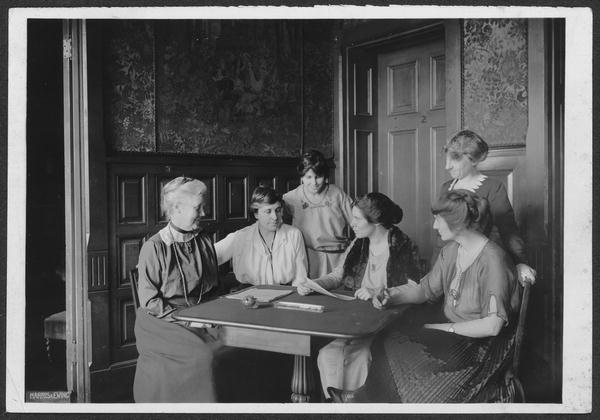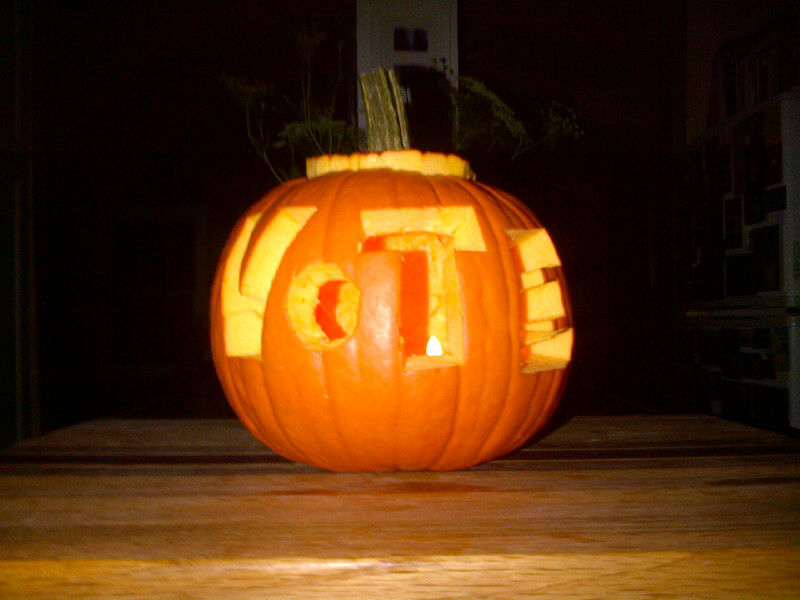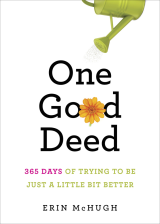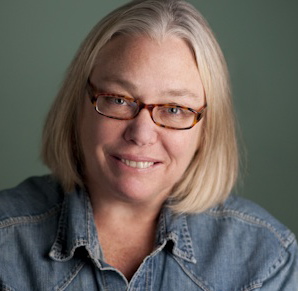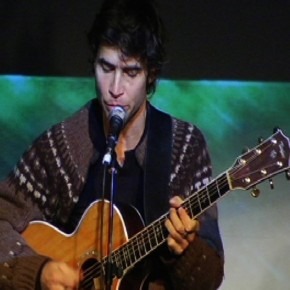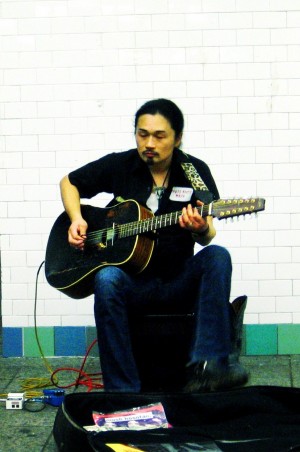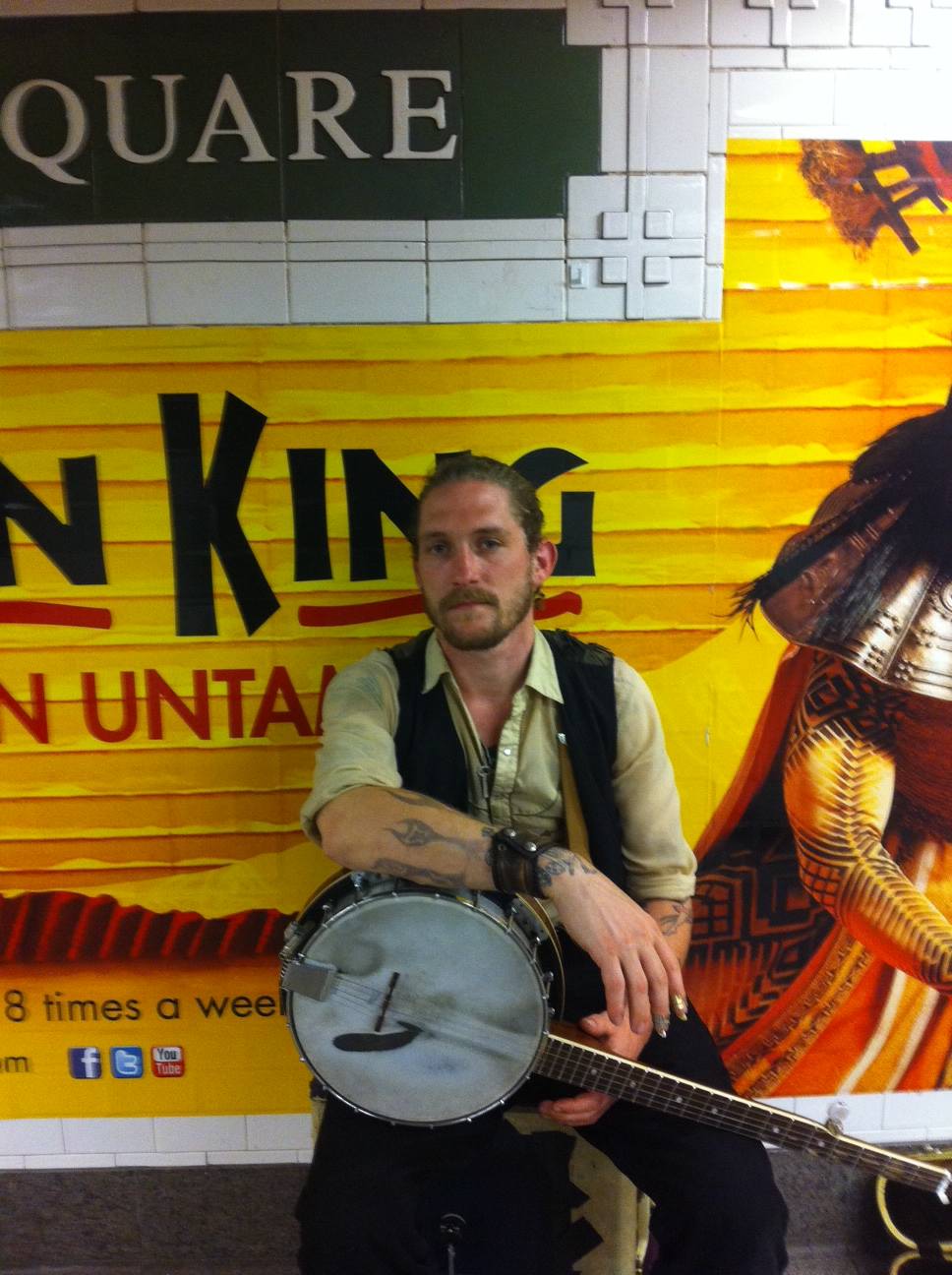Featuring remarks from Isabel Allende, Joan Blades, Martha Burk, Eve Ensler, Gloria Feldt, Kim Gandy, Kirsten Gillibrand, Carol Jenkins, Shelby Knox, Elizabeth Lesser, Lisa Ling, Courtney Martin, Pat Mitchell, Robin Morgan, Samhita Mukhopadhyay, Kathy Najimy, Nancy Pelosi, Ai-Jen Poo, Amy Richards, Kristin Rowe-Finkbeiner, Gloria Steinem, Barbra Streisand, Loung Ung, Rebecca Walker, Marie Wilson
The inspiration to do this piece occurred when two very special people in my life highlighted for me how critical this election really is. The first was my good friend, playwright Eve Ensler, founder of the global anti-violence movement V-Day, who at the end of a recent interview, expressed to me her heightened concern about what she feels is at stake, followed later that evening by my spirited 14-year-old daughter who has been intensely engaged with this election. She made a compelling plea that I write an article about it. It is after all her future -- and the future of all girls and women -- that hangs in the balance of what path we pursue -- forward or backwards.
It was in that mind-set that I set out to do this piece. In my career as a journalist and as founder of the 17 year-old women's web site Feminist.com, I have been fortunate to have interacted with some of the most influential women of our time. I couldn't help but wonder - what were they thinking right now? So I posed the following question to some of them, "What message would you most want to get out to women about the upcoming election?" Here are their inspiring answers.
In alphabetical order: Isabel Allende, Joan Blades, Martha Burk, Eve Ensler, Gloria Feldt, Kim Gandy, Kirsten Gillibrand, Carol Jenkins, Shelby Knox, Elizabeth Lesser, Lisa Ling, Courtney Martin, Pat Mitchell, Robin Morgan, Samhita Mukhopadhyay, Kathy Najimy, Nancy Pelosi, Ai-Jen Poo, Amy Richards, Kristin Rowe-Finkbeiner, Gloria Steinem, Barbra Streisand, Loung Ung, Rebecca Walker, Marie Wilson
"Beware, there's a terrorist attack on women's reproductive rights by religious and right wing groups. If Republicans win the election, women may lose the rights they take for granted. Think of your daughters when you cast your vote!!!"
-- Isabel Allende, author of Paula and The House of the Spirits, founder of the Isabel Allende Foundation
"The middle class is being hollowed out as the division between the the haves and have nots has escalated over the last four decades with women, children, and families among the most adversely impacted. The influence of money and power on our political system underlies many of the dynamics creating this rift in economic health. Voting is the heart of citizen power, the time when we can elect leaders that fight corporate influence and pass laws that bypass legislatures that are beholden to special interests. This is our best opportunity to move toward a more fair and healthy society. Celebrate voting!"
-- Joan Blades, co-founder of LivingRoomconversations.org, MomsRising.org andMoveOn.org, co-author of The Custom-Fit Workplace: Choose When Where, How to Work and Boost Your Bottom Line, and The Motherhood Manifesto
"I would want to tell women to do their own research, not only into what the candidates say (and look for specifics, not broad generalizations) but also their party platforms, since those are the official positions of the parties. Even if they say they will, for instance, keep abortion legal, if their own party is able to restrict it to the point of being meaningless through legislation, a president will not veto such legislation. Which brings me to the second point: who controls the Congress is every bit, if not more, important than who is in the White House. Veto proof majorities can indeed rule."
-- Martha Burk, Director of the Corporate Accountability Project for the National Council of Women's Organizations, author of Your Money and Your Life: The High Stakes for Women Voters in '08 and Beyond, Money editor for Ms. Magazine
"After witnessing the Republican party's siege on women's rights and bodies, after Romney choosing as his running mate Paul Ryan who tried to write "forcible rape" into federal law, after Romney standing by Richard Mourdock who believes in "God-intended rape," the mindset of the current Republican party and its leader has been revealed. A party that is blatantly contemptuous of women, their rights, their access to healthcare, to fair pay, to freedom. This mindset is both psychotic and terrifyingly ignorant of the core issue impacting women -- violence, which impacts one out of three women during their lifetime. It would be simply suicidal for any woman to vote for Romney. Voting for him is actively voting to erase yourself, your body, your rights, not to mention those of your daughters'."
-- Eve Ensler, playwright and author of The Vagina Monologues, The Good Body andEmotional Creature: The Secret Lives of Girls Around the World, founder of V-Day,One Billion Rising
"Value yourselves. Don't let anyone put you into binders. The power is in your hands to determine the outcome of this election. But power unused is power useless. Vote. Vote your best interests. It's really OK to put yourself first for a change. If you want economic and reproductive justice, if you want your daughters to get fair pay, health care, and equal job opportunity, if you believe women should be able make their own childbearing decisions, if you want to safeguard Medicare and Social Security for yourselves and your parents, if you care about the Supreme Court, then you'd better vote for Obama and those who share his positions on down the ticket."
-- Gloria Feldt, author of No Excuses: 9 Ways Women Can Change How We Think About Power, The War on Choice, former President of Planned Parenthood Federation of America
"With candidates who oppose women's rights, and in fact would like to roll back many of the very real gains women have made over the past 40 years, now is no time to sit home and let others make these decisions. Start now. Know the issues, ask questions, and vote as if your future depends on it, because in so many ways it will."
-- Kim Gandy, former President of the National Organization for Women (NOW), president and CEO of the National Network to End Domestic Violence (NNEDV)
"It's important for every woman to have their voice heard this election because decisions are being made in Washington every single day that affect every aspect of their lives, and if they don't participate, they will not like what they find. It is demeaning to keep having to fight the same battles our mothers and grandmothers had already won for access to basic health care. I hope that not only will every woman in America vote and hold candidates accountable, but also seize this historic opportunity to send more women to Congress than ever before. I can assure you that if women were 51 percent of Congress we would be debating the economy and not access to birth control."
-- Kirsten Gillibrand, New York State Senator, founder of Off the Sidelines
"We are faced with many complex issues in this election, issues certain to be tempered by life experience, perhaps faith. But one unambiguous subject is equal pay for women. How, in 2012, could there be disagreement on this point? If women were paid their due, the economy would rebound, families would be lifted out of poverty, children would not know hunger. At its core, opposition to women's equality belies a sinister, mean-spiritedness that we must yank up by the roots from our society. And, absolutely, no candidate who shies away from this essential element of our democracy should be able to choose a Supreme Court Justice.That would be malfeasance of the highest order."
-- Carol Jenkins, writer, former television news anchor, and founding president of The Women's Media Center
"Women must understand that the votes we cast this election season are the most effective protest to talking points that distill 'women' into a monolithic special interest group rather than thinking human beings who happen to be the majority of the population. When we vote for candidates that understand that all issues impact women - and each issue and policy decision impacts each individual woman differently depending on the identity intersections at which she lives her life -- we show in numbers that we don't vote with our reproductive organs, we vote with our brains. That's the body part we'll use to 'shut that whole thing down,' thank you very much!"
-- Shelby Knox, writer, speaker and activist
"Besides the obvious message -- that there's an international war on women and its showing up here in the States in this heated election and it's critical that we vote for candidates who value women's bodies, minds, spirits, opinions, wages, jobs, families, and health -- the message I am most interested in is something that Eleanor Roosevelt said: 'It is better to light a candle than curse the darkness.' Let's be light-bearers in these dark times. Let's not succumb to cursing the darkness, which seems to be the prevailing modus operandi of this election: the mean-spirited, macho, rooster-strutting, and lie-spewing behavior of so many candidates and their supporters. Can we get our message across by lighting truth candles? By using loving, passionate, funny, bold and beautiful words and actions? Can we model a new way without getting run over by the tanks? I think we can. It starts with us."
-- Elizabeth Lesser, co-founder Omega Institute and the Omega Women's Leadership Center, author of The Seeker's Guide and Broken Open: How Difficult Times Can Help Us Grow
"This is a vital election that will determine whether women move forward or backwards. Our rights are being threatened, our bodies are under attack. We must not ignore the fact that the winner of this election will appoint one if not more Supreme Court Justices to the highest court in the land, this could hugely affect women for generations. We cannot be complacent, far too much is at risk."
-- Lisa Ling, Executive Producer and Host of Our America on OWN: The Oprah Winfrey Network and Co-Founder of Secret Society of Women
"The mind and heart play strange tricks on the American voter in the circus that is campaign season, often luring her to vote against her best interest. I say, block out the posturing and the politicking, and take a hard look at what values and policies make your life healthier, safer, and more community-oriented. Vote for the guy that gets those things best."
-- Courtney Martin, blogger, speaker, and author of Perfect Girls, Starving Daughters: How the Quest for Perfection is Harming Young Women and Do It Anyway: The New Generation of Activists
"VOTE!!! Remember what the suffragists said when they finally won their long hard battle to get us the right to vote, knowing that they probably would never get to exercise the right or see the results; they said, 'this is not for ourselves alone.' It was for us and every generation of women to come. If we don't vote, we are ignoring history and giving away the future."
-- Pat Mitchell, President and CEO of the Paley Center for Media, organizer ofTEDxWomen
"It took women 100 years to win the right to vote. Since the Gender Gap is alive and well, if we don't exercise that right in massive numbers on Election Day, it will take only four years of right-wing government to send us back to the Dark Ages."
-- Robin Morgan, author of Sisterhood is Global and Sisterhood is Forever: The Women's Anthology for a New Millenium, founder and President of The Sisterhood is Global Institute, co-founder The Women's Media Center
"There are many things that need to happen for women to have full recognition and participation within our current political system. The first is supporting politicians and legislation that actually impacts our life being fair and maintains accessibility to services that make our day-to-day lives livable (whether that be access to abortion or fair wages). And the second is an ability to participate in the political process. As of right now, the amount of money that has been fed into the election prioritizes the needs of constituents that are not us -- this is not just about women, this is about all voices that are drowned out and not answered to when their only interest is lobby groups (especially ones that support retrograde anti-woman legislation). Justice is the ability to fully participate in the political process, be represented by it and demand that our needs are met and it's important we don't let this issue die down after the election."
-- Samhita Mukhopadhyay, Strategist at Purpose.com and the Executive Editor ofFeministing.com
"Here is the message I would like spread far and near to ALL of you about the upcoming election. If you go online the morning of Nov. 7th (perhaps The Huffington Post?) and read that Romney is our president... Your heart will sink, your back will kink and I promise you your uterus will retract and shrink.
You may not see the bitter fruitcake fruits of his untimely victory that minute. But when your friends and neighbors, daughters and sons, nieces and nephews or granddaughters and grandsons, stand in front of you in their glorious, authentic selves -- asking for access to important information about their bodies and their sexuality, asking for accurate information about birth control and reproductive rights... AND their freedom to choose... you will see it then.
And when they have the courage and honor to stand in front of you as a proud gay young woman or gay young man seeking support, advice, love, acceptance, and RIGHTS... IF you haven't voted or didn't vote in favor of freedom and respect and choice... knowing you the way I do? That is the day you will put down your blueberry scone, double latte and iPad copy of The Huffington Post and feel remorse.
So my dears -- I implore you to DO it -- VOTE and encourage others to -- and vote not only from your hearts, souls, consciences and minds... but from the bottom of your vaginas."
- Kathy Najimy, actress, activist and writer
"There are few elections in our history in which there has been more at stake for America's women: everything from our health care to the economic security of our families and opportunity for our children is on the ballot this November. Women understand the real impact of public policy on their families - what it means for their jobs, their children's education, and for the future of our middle class. I feel great optimism because the voices of America's women will decide the path our great nation takes in this election."
-- Nancy Pelosi, Democratic Leader of the House of Representatives
"When women vote our values, we make a decisive difference. When women organize and build our power together, we make history. Let's vote, and let's organize. Our leadership is needed to bring the country together toward a thriving, caring future for everyone."
-- Ai-Jen Poo, director of the National Domestic Workers Alliance and Co-Director ofCaring Across Generations
"Nothing gives me faith that the Romney ticket will take women's issues seriously when he is so closely aligned with The Tea Party, which would strip women of their political power if they could. In the specific, Obama certainly needs prodding when it comes to women's issues, and that's unfortunate, but he knows enough to consult the strong women who surround him and not ignore their value in shaping this country."
-- Amy Richards, author of Grassroots: A Field Guide for Feminist Activism,Manifesta: Young Women Feminism and the Future, and Opting In: Having A Child Without Losing Yourself, co-founder of Third Wave Foundation and Feminist.com
"Women and mother voters matter. Women are more than half the electorate, and 80 percent of women in our nation have children by the time they're 44 years old. Women's votes determined the outcome of the last presidential election, and are poised to do so again. But not only are women's votes powerful, we have a tremendous amount at stake in this election. Women are central contributors to our economy and now comprise half of the paid labor force for the first time in history. Three-quarters of moms are now in the labor force, with half of those moms serving as the primary breadwinner. We're concerned about being able to provide for our families financially, making sure we and they have accessible health care, equal pay for equal work, affordable child care, access to earned sick days, and that there are structures in places so that we can raise healthy, happy kids who can be a vital part of our nation's future success. It's time to use our power, and our votes, to elect candidates on November 6th who will fight for women and families on Main Streets across the nation and not just Wall Street."
-- Kristin Rowe-Finkbeiner, co-author of The Motherhood Manifesto and Executive Director/CEO of MomsRising
"Do what Democracy demands. And, that is to make change from the bottom up. It is a lie that it comes from the top down. No. That's what they want us to think -- to disempower us. No, it comes from us. Like a tree, it comes from the bottom up.
Mitt Romney is the most undemocratic, anti-equality, authoritarian, extremist candidate I have ever seen, and there is the most distance between what he says and what he does.
He has the nerve to say he is for job creation. His entire career has been job elimination. He is not even willing to say he is for equal pay. And it happens that equal pay for women of all races is the greatest economic stimulus this country could ever have. Equal pay, and I mean for equal work, would put $200 billion more into the economy every year. That means about $137 for every white woman per pay check -- something like $300 for every woman of color who are doubly discriminated against. And you know that those women are not going to put that money into a Cayman Islands bank account -- they are going to spend that money, and that is going to create jobs...
[Romney] has pledged, on the Republic Party platform, to go around the Supreme Court, and achieve the human life Amendment to the Constitution, which would declare the fertilized egg to be a person. I would like to say that neither the corporation nor the fertilized egg is a person. Pregnant women do not have two votes.
... This voting day is the one day of our lives and on Earth and I have to say we owe this to people in the world whose lives are dictated by U.S. policy, too, but this is the one day on Earth where the least powerful equal the most powerful. I hope that however you can, you will make sure that from now until voting day, you make sure people are not only going to vote, take 10 people with you, take 100 people with you -- make it a party. Sit with people's kids so they can vote. And they are not only going to vote, they are going to fight to vote. If we can't vote, we are going to sit there until we can vote. We are not going to take no for an answer. We are going to get rid of these crazed extremists who do not represent the majority even of their own party."
Excerpt of Gloria Steinem's speech, Saturday, October 20, 2012, St. Petersburg, Florida
- Gloria Steinem, activist and writer, author of Revolution From Within, Outrageous Acts and Everyday Rebellions, Moving Beyond Words and co-founder of Ms. Magazine and the Women's Media Center
"If you want to protect the air we breathe, the water we drink, the food we eat... you know who to vote for. If you want more money spent on education... on alternative forms of energy... on our crumbling infrastructure... because investing in our country will promote the growth we seek... you know who to vote for. And, if you believe in affordable healthcare, a woman's right to choose what happens to her own body and in protecting Planned Parenthood, the largest provider of health care to low income women... you know who to vote for. If you want to move the country forward, rather than go backward... then you certainly know who to vote for. So on November 6th, no one, especially women, can afford to stay home. We have two candidates with very different views of what America should be. Inform yourself, engage in discussion, make a decision about the kind of country you want to live in... and VOTE."
-- Barbra Streisand, singer, actress, director, founder of The Barbra Streisand Women's Heart Center at the Cedars-Sinai Heart Institute
"Voting is not only our right, it is our power. When we vote, we take back our power to choose, to speak up, and to stand with those who support us and each other."
-- Loung Ung, human rights activist, author of First They Killed My Father, Lucky Child: A Daughter of Cambodia Reunites With the Sister She Left Behind and Lulu in the Sky
"Vote your uterus."
-- Rebecca Walker, author of Black, White and Jewish, Baby Love and Black Cool, co-founder of Third Wave Foundation
"Choose wisely or we'll lose our right to choose at all."
-- Marie Wilson, founder and former President of The White House Project, co-creator of Take Our Daughters and Sons to Work Day and author of Closing the Leadership Gap: Why Women Can and Must Help Run the World
***
Follow Marianne Schnall on Twitter: www.twitter.com/marianneschnall










